For archery enthusiasts, the compound bow is an essential piece of equipment. Its intricate design and precision engineering make it a favorite among beginners and experts alike. However, one crucial aspect every archer needs to master is how to string a compound bow.
Properly stringing your bow ensures optimum performance and prolongs its life. In this guide, we will take you through everything you need to know about stringing your compound bow, from understanding the components to step-by-step instructions.
The Basics Of Compound Bow Strings
Compound bow strings are not just regular strings; they are the heart of your bow’s functionality. These strings transfer your energy to the arrow, making them essential for accuracy and power in your shot. There are multiple types of bowstrings available, each suited to different archery needs. For instance, some strings are designed for durability, while others focus on speed.
Choosing the right string for a compound bow involves understanding your personal archery goals. If longevity is your priority, opt for strings made from durable materials like Dacron. For speed enthusiasts, a Fast Flight string may be more appropriate. Always consult with an expert or refer to archery resources like the Archery Trade Association to make an informed decision.
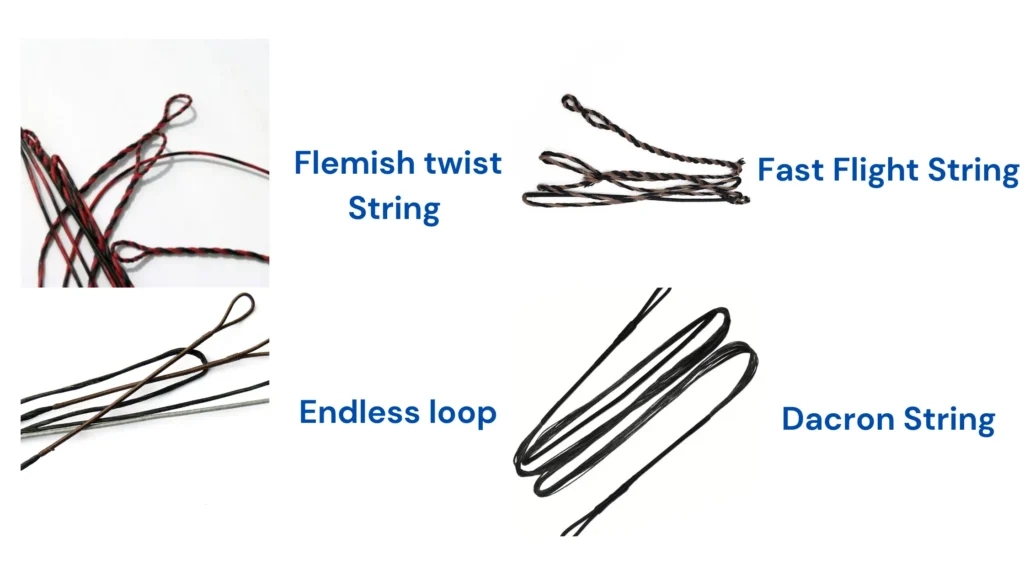
Must-Have Tools And Materials
Before stringing, it’s crucial to gather all the necessary tools and materials. This includes a bow press, the bowstring, serving materials, and possible accessories like peep sights or silencers. A bow press, in particular, is essential for safely removing and attaching the bowstring without damage.
Most of these tools are available in specialized archery shops or online platforms like Lancaster Archery Supply. Many of these suppliers also offer kits that include everything you’ll need for the entire process. Visual aids, such as images or illustrations, can be incredibly helpful when organizing your toolkit.
Prioritizing Safety Precautions
Safety should always come first when handling archery equipment. According to archery expert John Dudley, taking shortcuts with safety can lead to equipment damage or personal injury. Before starting the stringing process, inspect your bow and string for any signs of wear or damage.
Ensure your workspace is clear of obstructions or distractions. Follow all manufacturer instructions for your specific model, and never string a bow without a proper bow press. Experts like Tom Clum and Levi Morgan emphasize the importance of using the right tools for the job, as improper equipment can lead to serious accidents.
Step By Step Guide To Stringing A Compound Bow
Setting Up Your Workspace
Organize your workspace by cleaning and organizing your workspace. Lay out all your tools and the new bowstring so you can easily access them. Examine your bow carefully for wear or damage. Ensuring your bow is in top shape is crucial for smooth stringing.
Using A Bow Press
A bow press is a vital tool for removing the old string and installing a new one. Carefully follow the instructions specific to your bow press model. Insert your bow into the press, slowly compressing the limbs. This action releases tension, allowing you to safely remove the old string.
Attaching The New String
With the bow press holding your bow securely, align the bow string along the cams and axles. Attach the string loops to the bow’s appropriate pegs, ensuring each side is firmly secured. Attention to detail is crucial here—correct alignment ensures optimal performance and safety during use.
Testing The Bow
Once the new string is attached, carefully release the bow from the press. Test the tension by gently pulling back the string. If it feels too loose or too tight, it may require minor adjustments. Consult the bow’s manual or an expert if you’re uncertain about the correct tension levels.
Troubleshooting Common Issues
Stringing a compound bow is not without its challenges. Common issues include string misalignment, improper tension, and difficulty using the bow press. Expert advice is invaluable for addressing these problems—John Dudley suggests closely following instructional guides or seeking professional assistance if needed.
For alignment issues, ensure the string is properly seated along the cams. If the tension feels off, double-check your bow press settings before adjusting. Consulting FAQs or forums can also provide additional insights into resolving these common problems.
Maintaining And Replacing Your Bow String
Proper bowstring maintenance is essential for safety and performance. Regularly check for fraying or looseness, as these indicate it’s time for replacement. Keeping your string clean and waxed will prolong its life significantly, reducing replacement frequency.
Expert archers like Levi Morgan recommend replacing your bowstring every 1-2 years or after 2,500 shots. Following these guidelines will ensure consistent performance and safety. Always consult with a professional if you’re unsure about your string’s condition.
Frequently Asked Questions (FAQs)
How Often Should I Replace My Compound Bow String?
Most experts recommend replacing your bowstring every 1-2 years, depending on usage frequency. Regular inspection is key to identifying when replacement is needed.
Can I String A Compound Bow Without A Bow Press?
Using a bow press is strongly advised for safety and precision. Attempting to string a bow without one can cause damage or injury.
What Type Of String Is Best For Speed?
Strings made from Fast Flight materials are ideal for speed-oriented people, as they are lighter and facilitate faster arrow release.
How Do I Know If My String Is Misaligned?
Check for uneven tension or difficulty drawing the bow. Misalignment can often be corrected by adjusting the string’s position on the cams.
What Is The Best Way To Maintain My Bowstring?
Regularly clean and wax your string to prevent fraying and maintain flexibility. Inspect for wear regularly to catch potential issues early.
Are There Specific Brands Or Products Recommended For Bow Strings?
Brands like BCY and Winner’s Choice are highly regarded in the archery community for their durability and performance.
Conclusion
Mastering how to string a compound bow is essential for archers. By following this comprehensive guide, you’ll ensure that your bow performs optimally while keeping safety at the forefront. Regular maintenance and attention to your equipment’s condition will extend its lifespan and enhance your archery experience.
Always prioritize safety and seek expert advice when needed. For those looking to deepen their expertise, consider joining local archery clubs or online communities where you can engage with fellow enthusiasts and professionals.
Recommended Articles
- The Ultimate Guide To Choosing Between Compound Bow vs Crossbow
- How To Carry A Bow – Tips & Techniques For Archers
- Ultimate Guide To Installing Compound Bow Arrow Rest
- The Ultimate Guide To The Best Archery Brands Of Compound Bows
- How To Utilize Recurve Bow Sights: A Comprehensive Guide
- The Archer’s Craft: Understanding Parts Of Recurve Bow

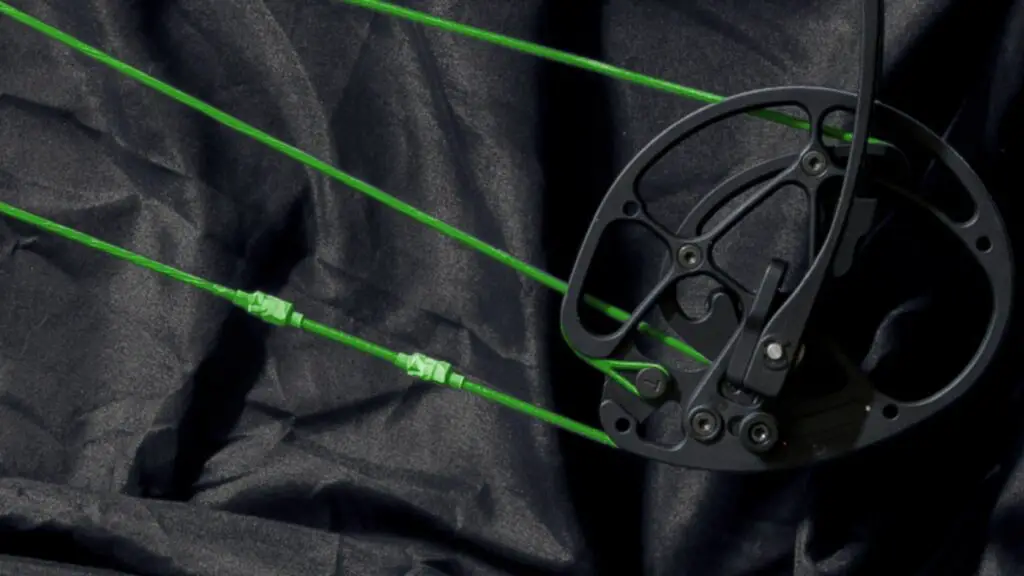

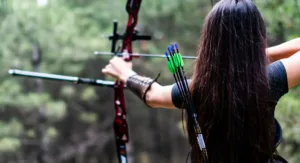
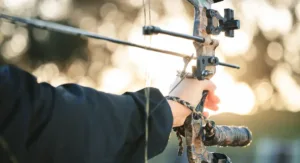
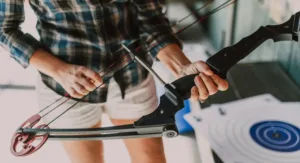
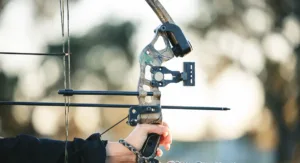
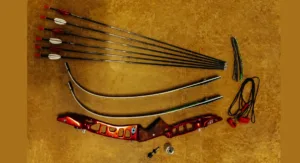
4 thoughts on “Mastering The Art Of Stringing A Compound Bow”
Comments are closed.